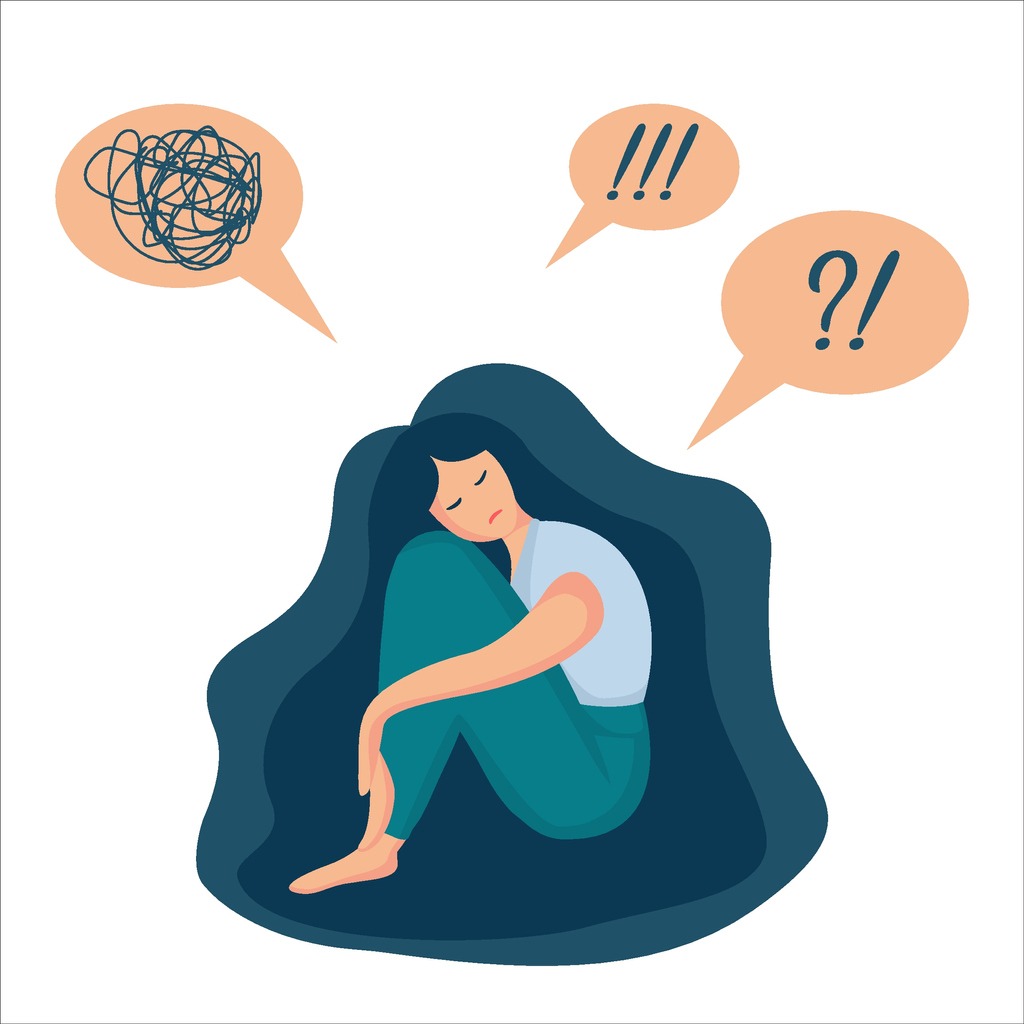What is Epilepsy?
Epilepsy is the fourth most common neurological disorder that affects the central nervous system. Epilepsy is characterized by the occurrence of unpredictable seizures. When the brain encounters abnormal electrical discharge from cortical neurons, a seizure is likely to occur. According to the Center for Disease Control, in 2015, 1.5% of the US population had active epilepsy, about 3 million adults, and 470,000 children. Epilepsy is typically treated by taking anti-seizure medication. By using neurofeedback in conjunction with medication, patients may experience a decrease in symptoms and may possibly be able to decrease the dosage of medication.
What are the symptoms of Epilepsy?
Symptomatology of Epilepsy usually varies on a person by person basis, depending on the type of seizures the person typically has. Here are some of the most common types of presentations:
- Temporary confusion
- Staring off
- Uncontrollable jerking of the arms and/or legs
- Loss of consciousness or awareness
What are some common types of seizures associated with Epilepsy?
- Focal Seizures: these types of seizures typically occur in one area of the brain, also known as a “focal point,” there are two types of Focal Seizures:
- Simple Focal Seizures: these types of seizures do not alter the state of consciousness but may affect the way things look, smell, taste, or sound. It may also result in sensory symptoms such as a sensation of tingliness or numbness.
- Complex Focal Seizures: these types of seizures may cause an individual to become dazed or confused. During a complex focal seizure, you may stare off into space and be unable to respond for a couple of minutes.
- Generalized Seizures: these types of seizures affect more than one area of the brain.
- Absence Seizures: these are typical among children and may result in a child staring off into space or there may be subtle movements such as lip-smacking or blinking. These may cause a brief loss of awareness
- Tonic-Clonic Seizures (also known as grand mal seizures): this occurs when there is a sudden loss of consciousness, the body may stiffen and shake, and sometimes there is a loss of bladder control or biting of the tongue.
- Tonic Seizures: tonic seizures occur when the muscles in the back and arm stiffen, possibly leading to a fall on the floor.
How can Neurofeedback help with Epilepsy?
The most common mode of treatment is medication. Anti-seizure medication, also called anti-epileptic medication, can be a difficult road because finding the right medication is complex. About 33% of people with seizures don’t respond to medications. By adding neurofeedback to a person’s treatment routine, one can see a decrease in symptoms and may even decrease the dosage of prescription. Even with the right medication, it is estimated that one in three people do not have their epilepsy under control. Neurofeedback has been proven to raise a person’s threshold seizure and intractable seizure can be corrected. A meta-analysis found that out of 87 people, 64 individuals (74%) reported fewer seizures in response to neurofeedback.
How does neurofeedback work?
Neurofeedback, like EEG biofeedback, relies on changing the electrical output in your brain. We place electrodes on numerous places on the head and observe the electrical impulses from moment to moment. Your brain observes itself as it is taught to self regulate.
At Healthy Within, we do not diagnose or medicate our patients but instead, curate individualized treatments for our patients.
Contact us for more information about how we can help you get your mind back to functioning at its calm, confident self.

